White_dune
White_dune is a free (GPL)
Cross-Plattform (Linux, FreeBSD, MacOSX, Microsoft Windows, Rasberry PI)
3D-modeller and animationtool.
With white_dune you can create/change 3D objects and animate them.
The result can be shown in any webgl enabled web browser or can be
converted to the RIB format for movie creation or can be complied to a
usual C or C++ OpenGL-rogram.
Installation and configuration
In Dezember 2019 white_dune was included into Fedora Linux 32
(Installation with "dnf install wdune wdune-docs").
For Ubunutu Linux-Distributionen there is a "snap" Package.
In Debian und Ubuntu there is a white_dune-Package available,
that is totally deprecated.
There are packages with installation instructions on the white_dune homepage
available for the following Linux distributions:
-
OpenSUSE LEAP 15.2 Linux
Installation with zypper and rpm
-
Debian Buster Linux
Installation with dpkg and apt
-
Ubuntu 18.04 LTS Linux for PCs
Installation with dpkg and apt
-
Rasbian 10 Linux for the Rasberry PI
Installation with dpkg and apt
-
Ubuntu Linux for ARM-Chromebooks
Installation with dpkg and aptI
-
Arch Linux for PCs
Installation with pacman
The configuration in white_dune takes place via dialogs in the "Options"-menu,
which end up in Linux in the text file $HOME/.dunerc after the end of the
program.
Internally, white_dune uses the ISO standard X3D/VRML97 as the storage format.
Via Options white_dune can be changed from the English language into the
German (or Italian or French) language
Under Linux white_dune comes with 2 Icons:
-
The 4kids icon starts a GUI, that is suitable for Beginners and children.
-
The usual icon starts a GUI, that is made for X3D/VRML97 users
(e.g. to add interaktion r scripting to a Architectur-3D-Modell).
With the 4kids-version let you generate (with some practice)
the animation of the following screenshot in 15 minutes.

There are Tutorials,
hoe white_dune can be used in 3D modeling and animation.
History
White_dune did not start with the claim to be a tool for 3D modeling
and animation, but was initially a special tool for
VRML97 3D files.
In 1999 the Canadian Stephan F. White laid the most important foundations
of the program, but gave up in 2000.
On May 31, 2000 it was decided to fork the project under the name "white_dune".
Since then, it has been massively expanded.
Modelling
White_dune has 8 main modelling features:
-
NURBS
NURBS describes a formula that can be used with just a few
control-points, that describe many mesh-points.
A NURBS ball needs e.g. only 20 control points and can then with the
By moving the control points, it can easily be changed to a NURBS heart.
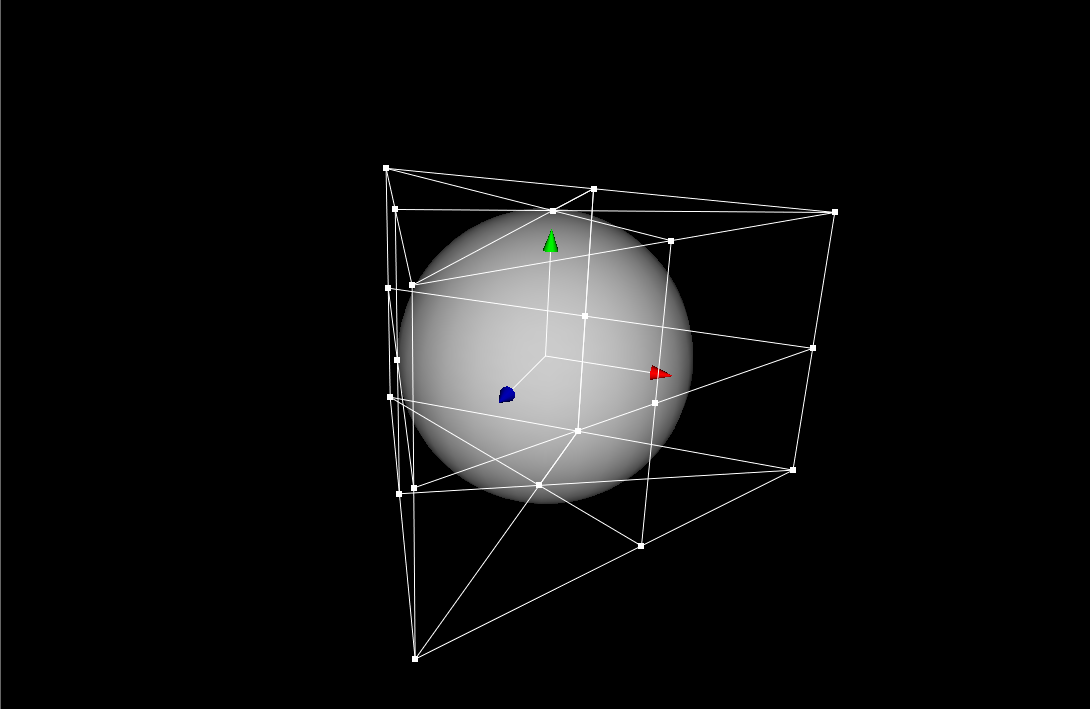
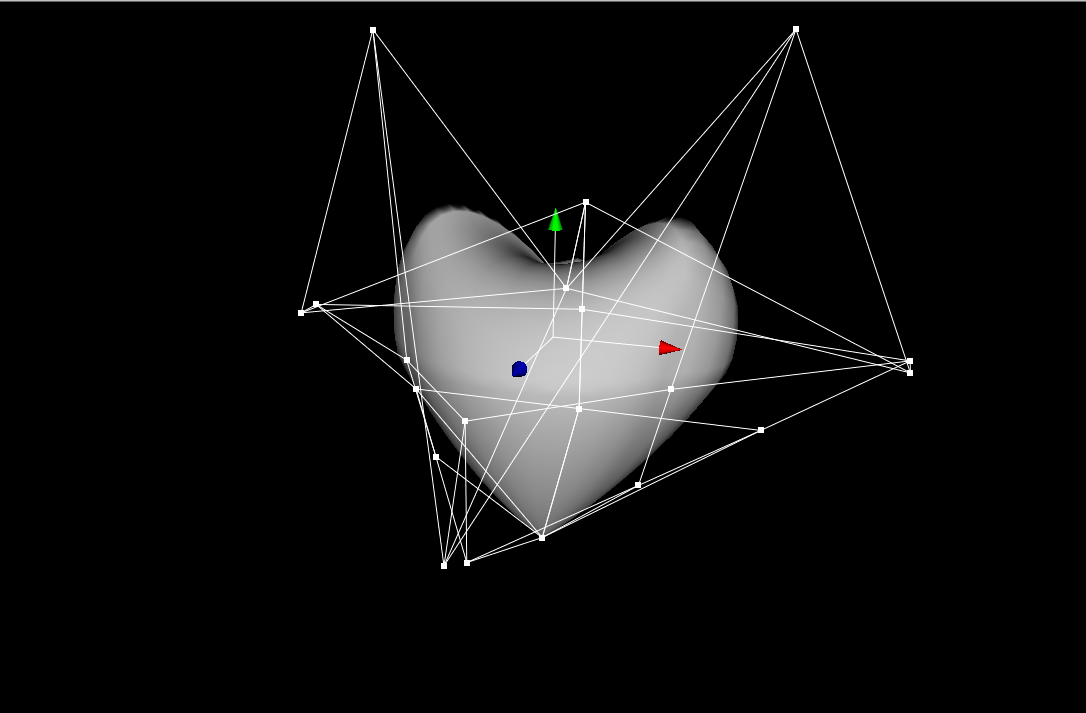 ).
).
With the 2D-NURBS formula all mathematical curves can be described,
also curves with corners and tips.
In white_dune all primitives (box, ball, cylinder and cone),
as well as all super formula-based surfaces can be transformed into
NURBS objects
-
Superformula
The superformula is based on a concept similar to NURBS:
With only 12 (in white_dune 24) parameters, the mesh-points can be
created for many symmetrical surfaces:
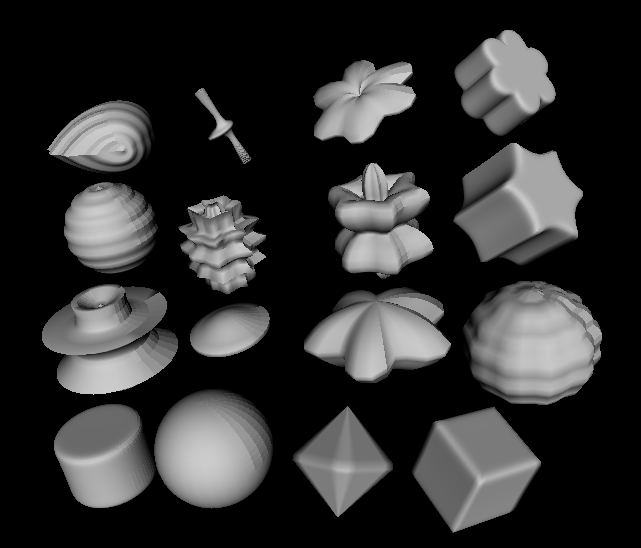
For example, with a super formula starfish 3D model
control the number of starfish arms with just one parameter.
white_dune knows the following super formula-based objects:
-
SuperShape: the Superformel is used in two dimensionens
-
Superformula in one dimension:
-
SuperExtrusinon:
Torus and tube/horn
-
SuperRevolver:
Revolving shape (e.g. mushroom)
-
SuperEllisoid:
A special case of the superformula:
with only 2 (in white_dune 12) parameters
a sphere, octraeder and box and all intermediate
forms can be described
-
Extrusion:
The extrude command can be used to pull out certain polygons from a mesh
(basics: box converted to a mesh (IndexedFaceSet) and "inset" command)
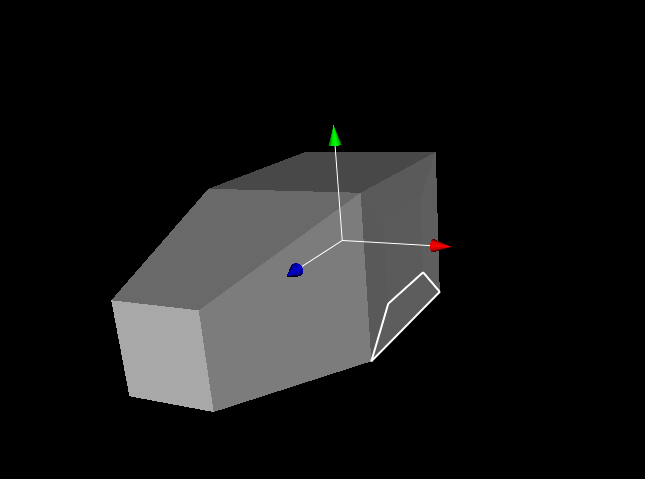
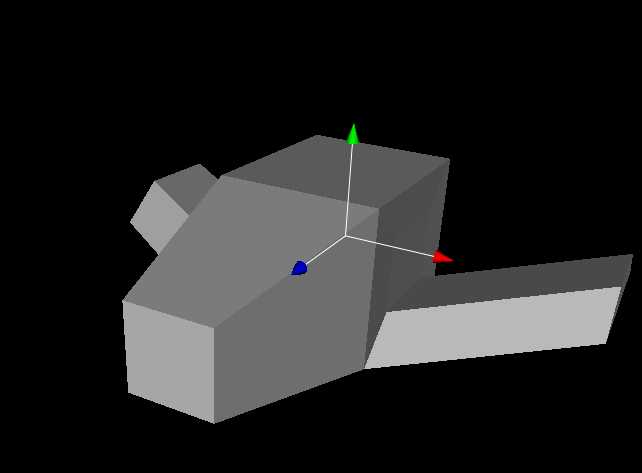
-
Subdivision
The Subdivide command is often used after the Extrude command.
It can be used to make the (closed if possible) mesh object more rounded.
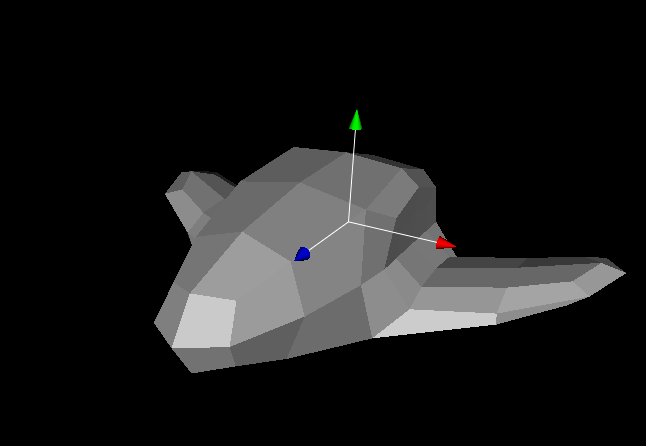
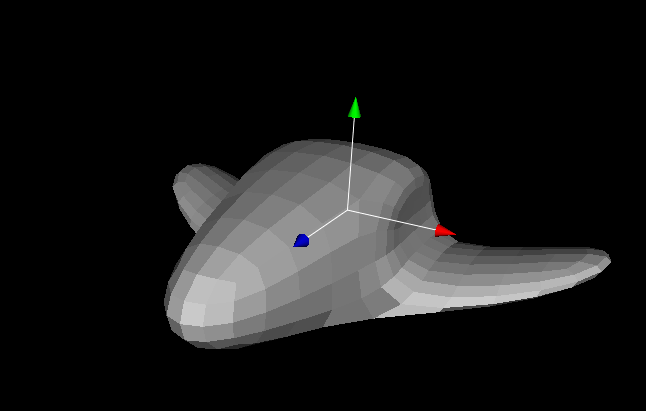
-
Boolean Operations
With Boolean operations, 3D objects can be combined or subtraced
from each other.
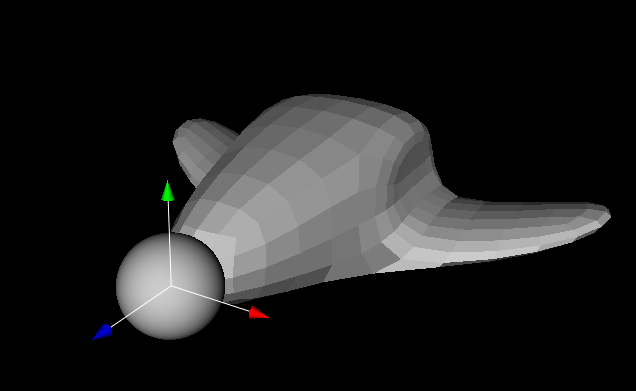
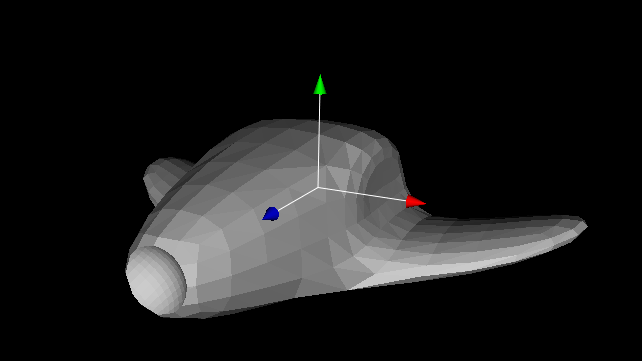
-
Mesh-Reducer
There is a parameter "creaseAngle" for Mesh (IndexedFaceSet in X3D),
to influcence face normals in a way so the edges are hidden,
,
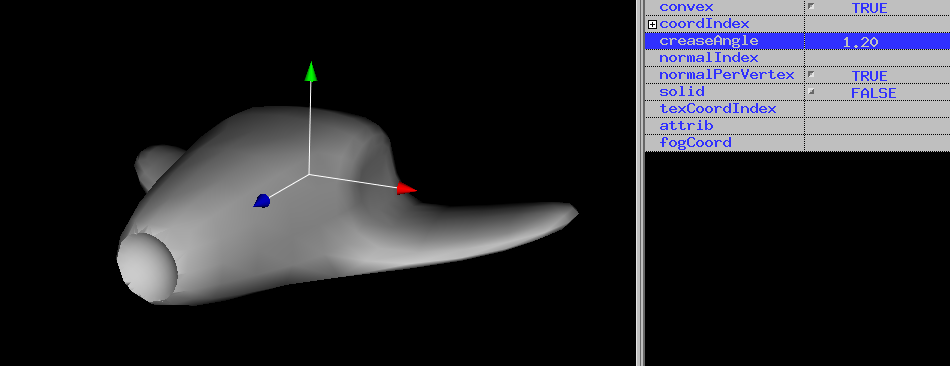
but the subdivide command let explode the number of Polygons in a quadratic
way.
For a real-time 3D format like X3D or OpenGL it is important
to have a powerful mesh reducer available that
decreases the number of polygons, but the rough shape of the mesh is
changed as little as possible
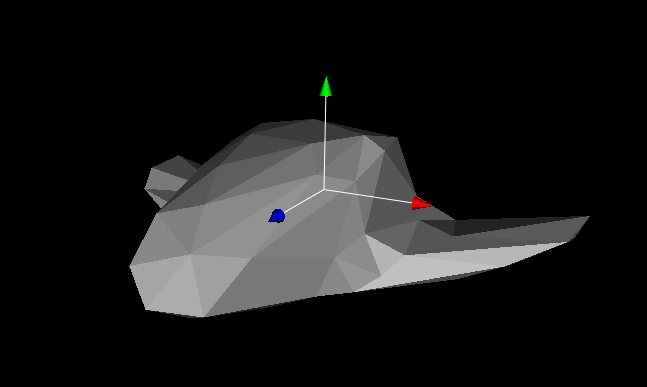
After the mesh reducer command, the extrude command is often used.
benutzt.
-
Vertex-Modifier
It can be used to pull dents out or push in dents of mesh or NURBS objects.
This modeling ability requires that many mesh-points
or NURBS control-points are available.
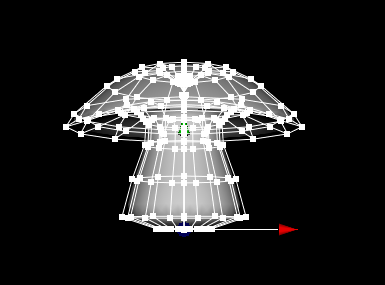
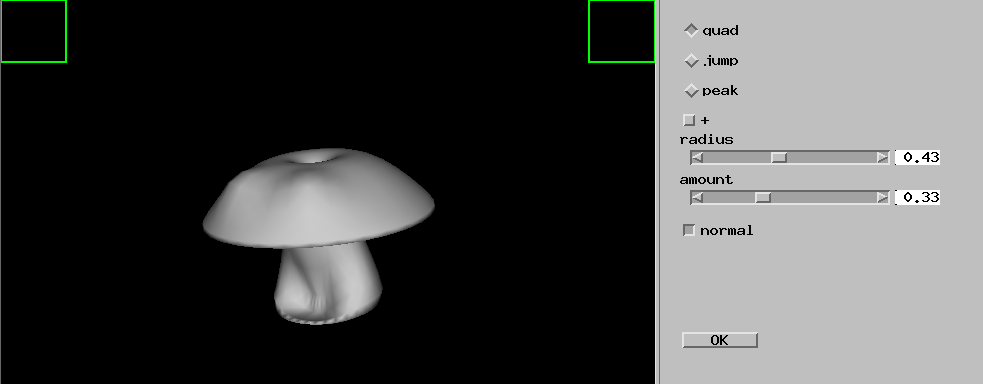
There is a command for NURBS objects in white_dune that specifies the number of
NURBS control points.
-
Convex hull
Many different objects can be created with the convex hull.
Select points (e.g. mesh-points or
NURBS control-points) two times and create a mesh with an enclosing hull.
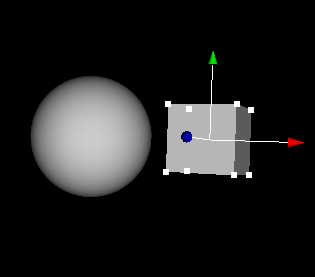
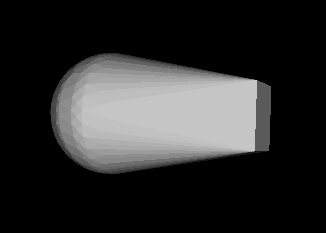
Animation
White_dune has 2 Animation-Possibilities:
-
Normal animation:
This can animate everything that can be animated in X3D.
The animation can be influenced in a "ChannelView" window
or an animation (e.g. color with the color wheel) can be recorded
with the "Record and Play" buttons.
-
curven-animation:
This is only allowed for the "Transform" node (move and rotate objects)
and "Viewpoint" (moving and rotating the camera).
An object group or the camera follows a path.
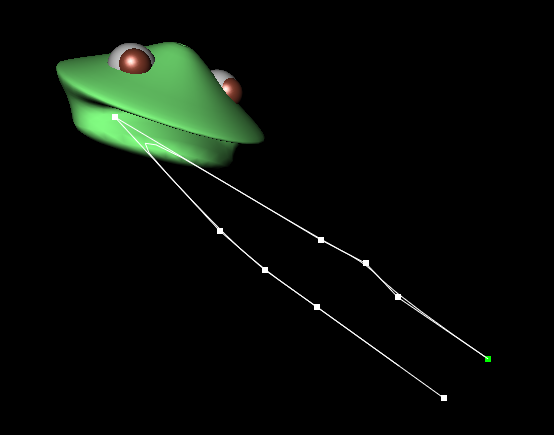
Movie creation
When there is a X3D-Datei with a animation, you can use
$ run_dune_and_aqsis.sh datei.x3dv
to call white_dune and the free Renderman movierenderer "aqsis" in a way,
that the pictures are accounted in paralell.
If the program "mencoder" is available (e.g. under Ubuntu oder Debian Linux),
a movie-file "datei.mp4" would be created.
If not, "aqsis" creates many picure files, which an be viewed
with imagemagicks "animate":
$ animate -alpha off datei*.tiff
Comparision with Blender
-
Blender has an important 3D object "Metaballs". Is can easily be used to
create interconnected 3D objects.
-
Blender has more tools to change mesh-objects.
-
With Blender you can control the material properties (e.g. reflection) for
the individual images better than in white_dune, which is made for
real-time 3D graphics
-
Blender has material collections available for download
-
The vertex modifier in Blender can do not only dents and bumps, but
also painting related bulges with the mouse
-
The Vertex modifier in Blender cannot edit NURBS objects.
-
There are some NURBS operations in white_dune that are not available
in Blender.
-
Bender has tools for hair, white_dune doesn't
-
Blender is far more difficult to use than white_dune 4kids
white_dune and the graphics performance of a system
White_dune is a real-time 3D program.
The ease of use depends on the graphics card and the number of
used objects. If the graphics card is overloaded, the objects are jerky
in animation and it becomes difficult to edit, move or rotate an object.
A (NURBS) object in white_dune has 3658 polygons.
Unfortunately there is a problem with the open source driver for Linux
NVIDIA graphics cards (noveau driver): certain graphics card models
sometimes freeze hard. Then you have to use the special Nvidia driver to
install the graphics card.
The following table shows the limit up to how many objects
(without morphing) can still be represented as reasonably runny:
| Graphicscard | Class | System | System-frequency | NURBS-Objects |
| PowerVR GX6250 | 1 | ARM Chromebook | 4x2.0 GHz | 1 |
| ATI Radeon HD 6290 | 2 | ADM C-60 Netbook | 2x1.0 GHz | 1 |
| Intel HD Graphics 3000 | 2 | Intel I5 Laptop | 4x2.5 GHz | 11
|
| VideoCore VI | 2 | Raspberry PI 4 | 4x1.5 GHz | 10 |
| Nvidia NVS 5200M | 3 | Intel I7 Laptop | 8x2.2 GHz | 16 |
| Nvidia GT 320 | 3 | Core2Duo Macbook | 4x2.4 GHz | 24 |
There are faster Systems...
Class:
| 1: | no 3D-Graphics-driver | (anything has to be accounted by
the CPU) |
| 2: | Integrated Graphics | (Shared Memory Graphics) |
| 3: | Dedicated Graphics | (memory on the graphicscard
is only used by the graphicscard) |
Obviously, a better graphics card is for graphics performance
more important than the CPU.
What to do if it stutters because the graphics performance is insufficient ?
Start white_dune with the option "-tessellation"
e.g. "$ dune -tessellation 16 -4kids datei.x3dv"
-
1 (NURBS-)Objekt has now 480 Polygons, but do not look strongly differently
from the default (-tessellation 32)
-
4 times more (NURBS) objects possible or less jerky
-
Only the display has "more edges", not the (NURBS-)object data
-
The display becomes more smooth again when the file (without
"-tessellation") runs on a faster computer with a better graphics card
-
Rendering with aqsis (for movie creation) is not affected
-
X3D problem:
(NURBS) objects cannot be painted
As an alternative, images/textures (e.g. * .PNG files) can be placed on the
3D objects
white_dune for children
White_dune "4kids" was used for children's computer animation projects.
For example, a small animation of an alien spaceship landing was made on two
afternoons in the Leonberg "Stadtranderholung" in 2006/2007.
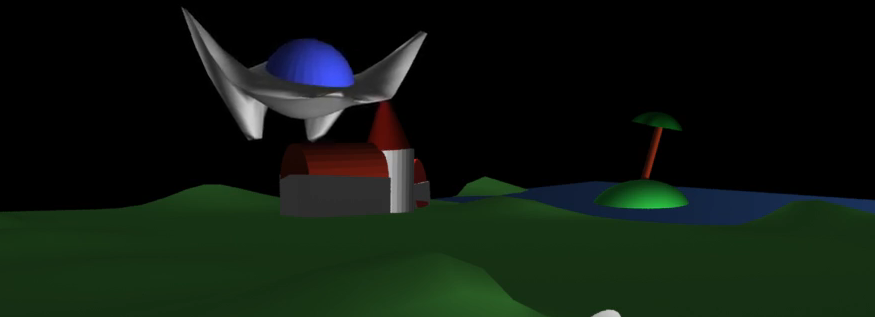
The children were between 7 and 13 years old.
white_dune and human animation
White_dune supports as X3D Editor all visible X3D Befehle
including "HAnim" (human animation).
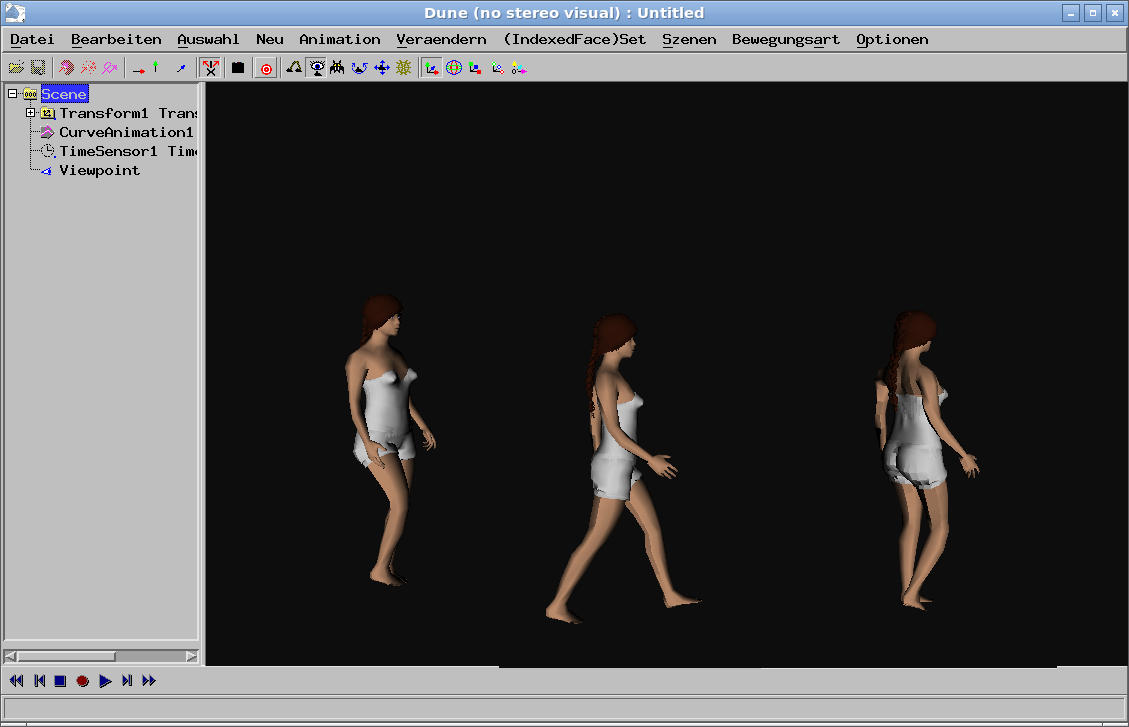
With the "makehuman"-program
(a Blender-enhencement) a configurable mesh of a human can be created.
You have to take care, that only relative few Mesh-points are exported.
The mapping of single meshpoints to body-parts (e.g. arm or feet)
is made in white_dune, but this alot of work.
At the end, the single joints can be rotated, so you can create an animation.
How can i support the development of white_dune ?
The white_dune menues are available in englisch, french, italian and german
Into portugenese only the "4kids"-menue has been translated.
The Dialogs are partitialy translated, only the german and english dialogs
and error-messages has been full translated.
For the translation, you need not to be a programmer, cause
Micro$oft Resource-Files are used.
This means, that Words/Sentences a enclosed in "double quotes".
If you have a problem with white_dune (or a new idea), you can send a email
to:
[email protected]
white_dune has ca. 300 000 Lines in C++/C/.h/.m4-file, it is a
relativ big program.
Intern white_dune uses a 2D-GUI-API in the Programmierlanguage C namend
"libswt" (i think it should mean "Stephan White Toolkit").
Under Linux, motif and OpenGL 2 is used.
This is a bit oldfashioned.
The big advance of it, is that only one patch has been need to written
cause of a API change.
The Patch was cause of lesstif, a Open-Source-clone of motif.
Now is motif for Linux available under a open-source-licence, so
lesstif is not developed anymore.
When white_dune crashes, it trys to rescue the X3D-data in a file.
This only works, if the internal datastructure is still intact,
e.g. at a crash in the graphics code.
white_dune under Linux usually calls a "rcs"
(newer versions: "git") revision-contol-system-command.
Afterwards, all changes to an X3D file can be made understood and a specific
version from the repository can be restored.
This is a very important feature, if you work with children.

 ).
).















